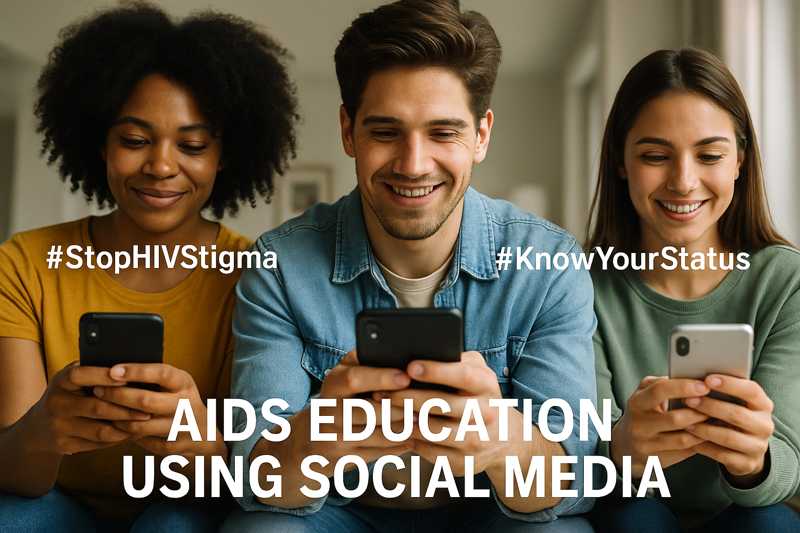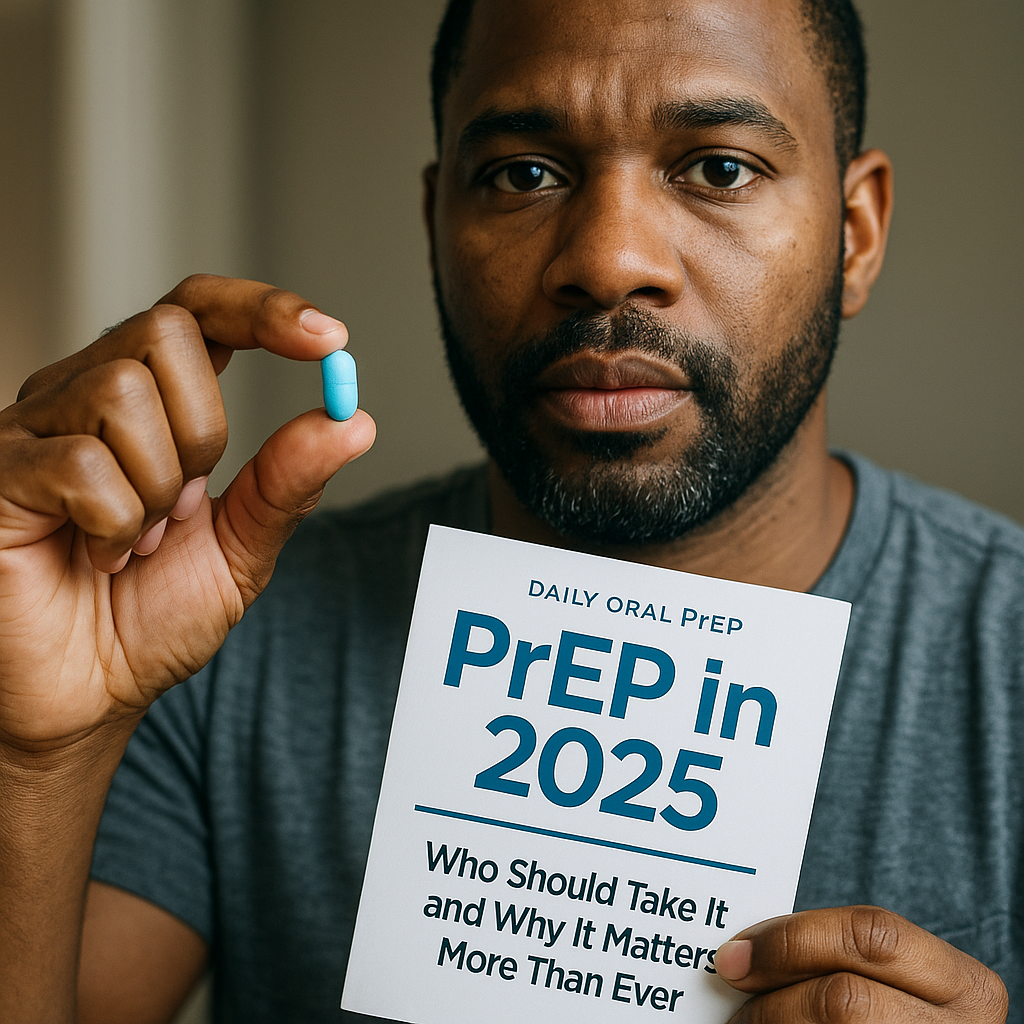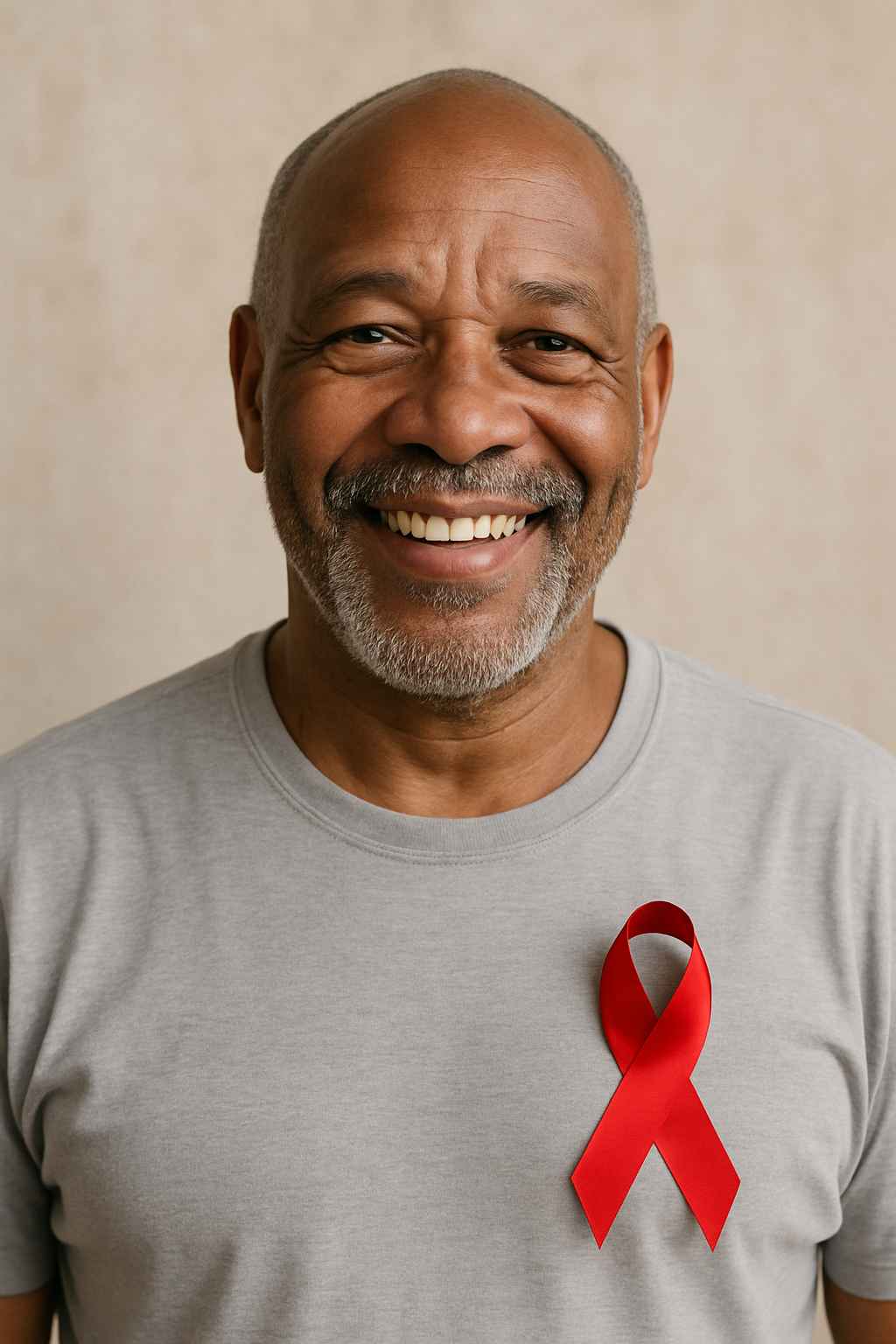
What happens when a tweet can save a life or a TikTok post clears up a dangerous misconception? In today’s connected world, social media has become a powerful tool for AIDS education. Once limited to brochures and classroom talks, AIDS awareness now travels at the speed of a scroll, reaching millions across the globe—many of whom may have never accessed traditional health education.
Social media platforms are not only shaping how we communicate but also how we understand critical health issues. AIDS education efforts have rapidly adapted to these new digital ecosystems, using Instagram stories, YouTube explainers, and influencer-led campaigns to bridge knowledge gaps, reduce stigma, and promote testing and treatment.
Table of Contents
- The Evolution of AIDS Education in the Digital Era
- Social Media Platforms Leading the Conversation
- Influencer Advocacy and Viral Campaigns
- Risks, Challenges, and Ethical Considerations
- Conclusion
- FAQs
The Evolution of AIDS Education in the Digital Era
The approach to AIDS education has drastically changed over the past few decades. In the 1980s and 1990s, efforts largely focused on printed pamphlets, television ads, and school-based programs. While these methods were impactful for their time, they lacked real-time feedback and personalization. Social media changed that.
Today, platforms like Facebook, Twitter, Instagram, and TikTok offer opportunities to deliver customized messages to specific demographics. Young people, in particular, are more likely to absorb information delivered through short-form videos, memes, or stories than through textbooks. AIDS education now exists where users already spend their time.
For example, organizations like UNAIDS and CDC regularly post educational content, infographics, and prevention strategies tailored for different age groups and cultures. Their posts often incorporate interactive elements like polls or question stickers to boost engagement. For more up-to-date articles on educational strategies, visit the AIDS.org blog.
In addition, local health departments and global NGOs are using geo-targeted ads and sponsored content to reach high-risk populations. This ensures timely access to HIV testing, PrEP (Pre-Exposure Prophylaxis), and information on antiretroviral therapy options like Biktarvy and Truvada.
Social Media Platforms Leading the Conversation
Different platforms serve different purposes in the fight for AIDS awareness and education. Each has unique strengths when it comes to reaching specific audiences or conveying particular types of content.
Instagram and TikTok are particularly effective for reaching Gen Z and millennials. These platforms thrive on visual storytelling. Creators use brief clips to explain topics like how HIV is transmitted, why regular testing is important, or what living with HIV looks like today. The use of trending sounds and challenges helps amplify these messages without feeling preachy.
Twitter (now X) plays a vital role during awareness events like World AIDS Day. Hashtags such as #EndHIV and #UequalsU trend globally, driving visibility and encouraging dialogue. Additionally, public health organizations and advocates use Twitter threads to share statistics, debunk myths, and link to valuable resources.
Facebook and YouTube, on the other hand, are powerful for in-depth education. Facebook groups create supportive communities for people living with HIV, while YouTube provides explainer videos, expert interviews, and patient stories. These longer-form pieces add depth to the fast-paced landscape of social media education.
If you’re considering medical decisions based on what you see online, be sure to consult trusted professionals through platforms like Healthcare.pro.
Influencer Advocacy and Viral Campaigns
Perhaps one of the most influential aspects of AIDS education via social media is the power of peer advocacy. Influencers, particularly those with lived experience or healthcare expertise, can humanize the conversation around HIV and AIDS.
These digital voices bring visibility to issues that often go ignored. When an influencer shares their journey of being diagnosed, starting treatment, or educating others, it resonates deeply with their followers. In many cases, such transparency reduces stigma and encourages others to get tested or seek help.
Campaigns like “#KnowYourStatus” and “#StopHIVStigma” have gone viral, often receiving millions of impressions. For instance, celebrity-led initiatives during Pride Month or World AIDS Day often include powerful testimonials, interactive quizzes, and calls-to-action that redirect users to HIV testing centers or educational sites.
One notable example is the CDC’s “Let’s Stop HIV Together” campaign, which has used social media partnerships to promote PrEP and safer sex practices. Posts often feature members of the LGBTQ+ community, communities of color, and others disproportionately affected by HIV—ensuring the messaging feels authentic and relatable.
To learn how organizations like AIDS.org support this advocacy work, visit their mission page.
Risks, Challenges, and Ethical Considerations
While social media offers a revolutionary way to promote AIDS education, it’s not without its pitfalls. Misinformation can spread just as quickly as facts, especially when posts are shared without verification. A single viral myth can undo months of public health progress if not corrected quickly.
Moreover, privacy is a major concern. People engaging with AIDS-related content may be vulnerable to stigma or judgment, particularly in countries where discussing HIV openly remains taboo. This makes it essential for campaigns to offer secure, respectful engagement options—such as anonymous Q&A sessions or private messaging support.
Another issue is platform bias. Algorithms prioritize entertainment over education, which means crucial messages may not always reach the people who need them most. Content moderation policies can also inadvertently flag AIDS-related posts as “sensitive,” reducing visibility.
Despite these obstacles, strategic partnerships and digital literacy training can mitigate the downsides. When health organizations collaborate with tech platforms and content creators, they increase both reach and accuracy. Additionally, many platforms are now verifying legitimate health pages, helping users distinguish between reliable information and harmful noise.
Conclusion
AIDS education has found new life through social media. By combining storytelling, targeted messaging, and community engagement, these platforms have made it easier than ever to spread awareness, fight stigma, and encourage proactive health decisions. As we look to the future, continued innovation and collaboration will ensure that AIDS education remains accessible, accurate, and impactful.
FAQs
How effective is social media in AIDS education?
Social media is highly effective in reaching younger audiences, raising awareness, and promoting testing and prevention methods.
Which platforms are best for AIDS awareness campaigns?
Instagram, TikTok, Facebook, and YouTube are widely used for visual content and community engagement. Twitter is ideal for real-time advocacy.
Can influencers really make a difference in HIV education?
Yes, influencers can build trust and normalize conversations about HIV, especially when they share personal experiences or credible information.
Is it safe to ask questions about HIV on social media?
Generally, yes—especially in private groups or forums. However, be cautious about sharing personal information and always seek medical advice from verified professionals or platforms like Healthcare.pro.
Where can I learn more about AIDS.org’s mission?
For more information about our mission and ongoing efforts, visit AIDS.org’s FAQ page.
Disclaimer:
“This content is not medical advice. For any health issues, always consult a healthcare professional. In an emergency, call 911 or your local emergency services.”



